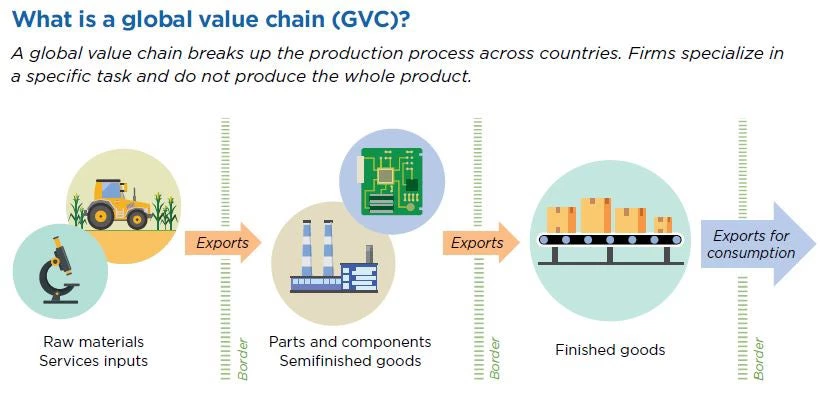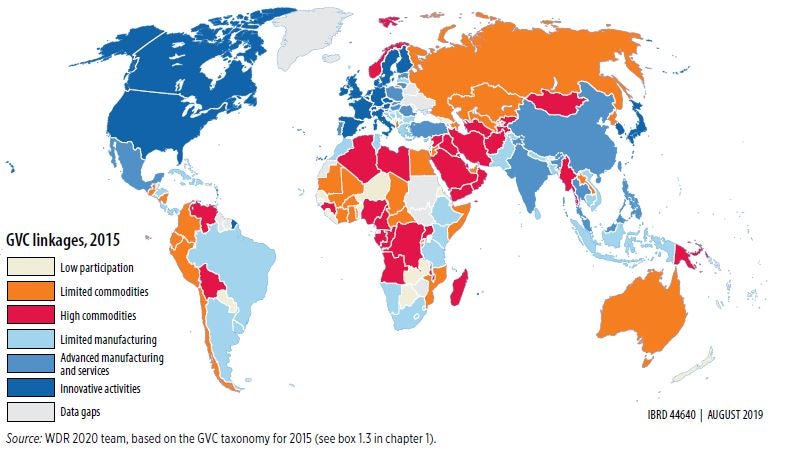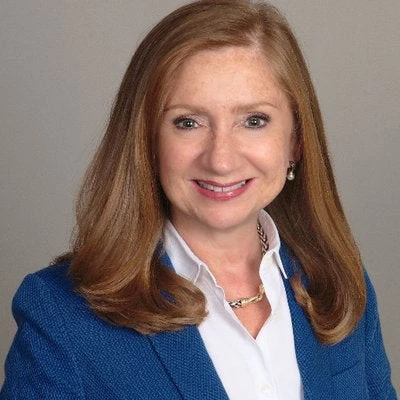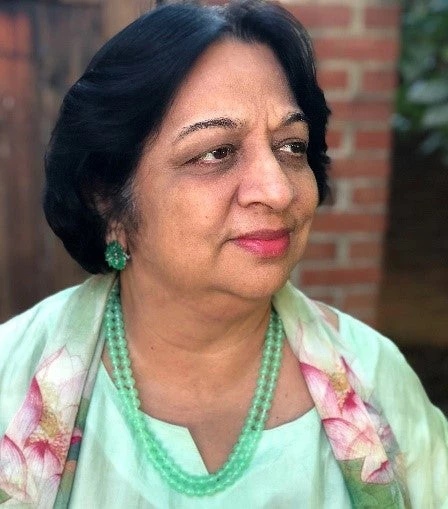 Credit: Pixabay
Credit: Pixabay
Global Value Chains (GVCs) accounted for almost half of all international trade by the end of 2019. In the last 30 years, these global supply chains enabled an unprecedented and remarkable economic convergence, where poor countries grew rapidly and began to catch up to richer ones. However, over the last decade, trade growth has stagnated and the GVC expansion has stalled.
So, how can we bolster GVCs to power sustainable and inclusive development, create better jobs and reduce poverty? How can countries work together to ensure that benefits of GVCs are shared and sustained? These questions and others will be addressed in the World Bank Group’s new Massive Open Online Course (MOOC), "Trading for Development in the Age of Global Value Chains.” The course is offered through the Bank Group’s Open Learning Campus on the edX platform and will give learners a unique opportunity to learn from global experts.
This free MOOC gives insight into GVCs’ impact on a range of development issues and the potential emerging risks to GVCs, including the COVID-19 pandemic. The MOOC received strong support from the government of the Republic of Korea and is the only online course to explore this topic based on the World Bank Group’s flagship World Development Report 2020.
Why GVCs Are Important and Potential Threats

The last decade has seen nothing like the transformative events of the 1990s—the integration of China and Eastern Europe into the global economy and major trade agreements, such as the Uruguay Round and the North American Free Trade Agreement (NAFTA). After 1990, parts and components began crisscrossing the globe as firms looked for efficiencies wherever they could find them. Productivity and incomes rose in countries that became integral to GVCs—Bangladesh, China, and Vietnam, among others. As a result, the steepest declines in poverty occurred in those countries.
Today, however, it can no longer be taken for granted that trade will remain a force for prosperity. There are mounting threats to the successful model of labor intensive, trade-led growth. First, the arrival of labor-saving technologies, such as automation and 3D printing, could draw production closer to the consumer and reduce the demand for labor at home and abroad. Second, trade conflict among large countries—exacerbated by the global COVID-19 pandemic and concerns around self-sufficiency—could lead to a retrenchment or reconfiguration of GVCs.
Level of country participation in GVCs (2015)

8 Terrific Features of the Course
- 12 video talks by the authors of the World Development Report 2020 and other renowned experts.
- Video captions and transcripts translated into six other languages: French, Spanish, Chinese, Arabic, Russian, and Portuguese.
- Peer review assignments wherein learners write opinion pieces to synthesize key concepts learned and practical applications in their own contexts.
- A final digital artifact (project) to summarize key lessons from the course.
- E-discussions on social media channels, such as Twitter, that enable learners to communicate and share resources.
- Live YouTube Hangouts with international experts, who engage in a Q&A with learners.
- A library of reading, resources, and optional exercises for those who choose the ”Development Specialist Track,” which provides more technical information.
- A recognition program to acknowledge learners who take on additional tasks to be considered a “Course Hero.”
What this GVC Course Offers Global Learners
The MOOC analyzes how GVCs can continue to boost growth, create better jobs, and reduce poverty , provided that developing countries undertake deeper reforms and advanced economies pursue open, predictable policies. Experts discuss how national policies can revive trade growth and ensure that GVCs are a force for development rather than divergence. They identify inadequacies in the international trade system that have fomented disagreements among countries and review ways to resolve them through greater international cooperation.
Technological change is likely to be more of a boon than a curse for trade and GVCs. Experts discuss how, if all countries enhance social and environmental protection, the benefits of GVC participation can be widely shared and sustained.
Participants will:
- Learn from and interact with global experts and practitioners.
- Collaborate with thousands of development and policy experts.
- Build a global development professional network.
- Have the option to earn a World Bank Group–edX certificate.
Role of MOOCs in Global Capacity Building
Since its inception in 2015, the World Bank Group’s Open Learning Campus has aimed to become one of the world’s leading references in:
- International development education to increase development effectiveness and share knowledge about development in flexible and accessible ways.
- Raising awareness of global, regional, national, and local development challenges and the approaches and programs underway by the World Bank Group and its partners to tackle these.
- Creating online knowledge exchange, learning, and mobilization platforms that bring together global-national-local public and private actors to catalyze finance, investment, and know-how in support of the World Bank Group’s twin goals and the Sustainable Development Goals.
In this context, this MOOC exemplifies the power and potential of online engagement and capacity building. Our World Development Report MOOCs have benefited more than 100,000 learners across the globe . Our goal is to continue growing this program by offering free access to world-class knowledge on the most pressing development topics and challenges. We hope that you will join us in exploring them. We also encourage you to sign up for the self-paced version of the 2019 World Development Report MOOC ‘The Future of Work: Preparing for Disruption’.



Join the Conversation